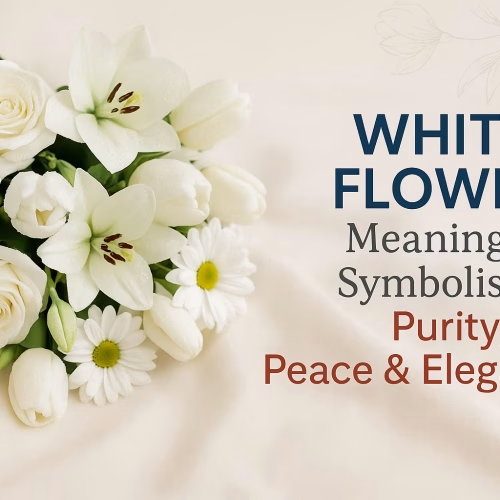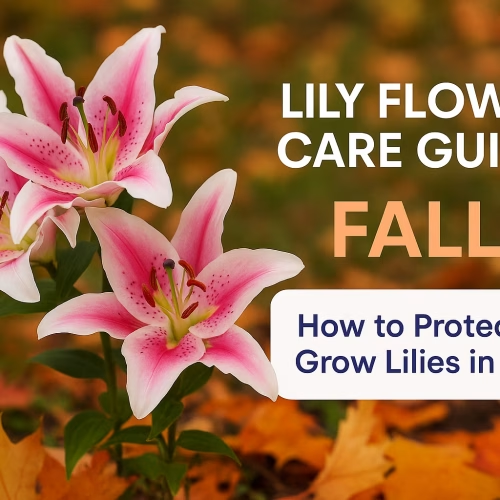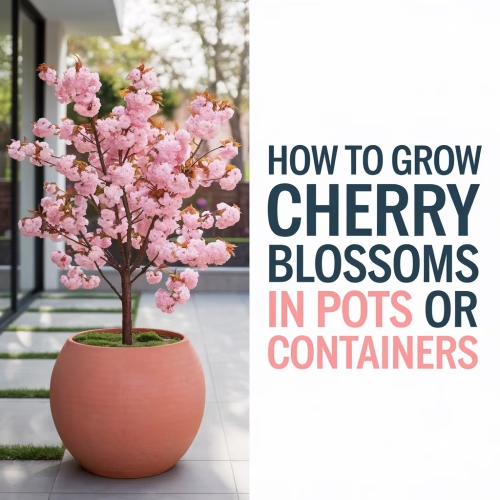When summer fades and the air turns crisp, most people think the gardening season is over. But here’s a secret I’ve learned over years of tending my garden: fall is actually one of the most magical times to create a stunning outdoor space. The beautiful fall flowers that bloom during autumn offer rich, warm colors that mirror the changing leaves—deep burgundies, golden yellows, vibrant oranges, and soft purples that make your garden absolutely glow.
I still remember the first year I planted fall flowers. I was skeptical that anything could thrive as temperatures dropped, but when my garden exploded with color in September and October, I was completely hooked. Now, fall gardening has become one of my favorite seasonal rituals, almost as therapeutic as my morning self-care routine.
Whether you’re a seasoned gardener or just starting out, planting beautiful fall flowers can transform your outdoor space into a cozy, colorful retreat that celebrates the season. Let me share my favorite fall flowers to plant this season that will keep your garden vibrant well into the cooler months.
Key Takeaways
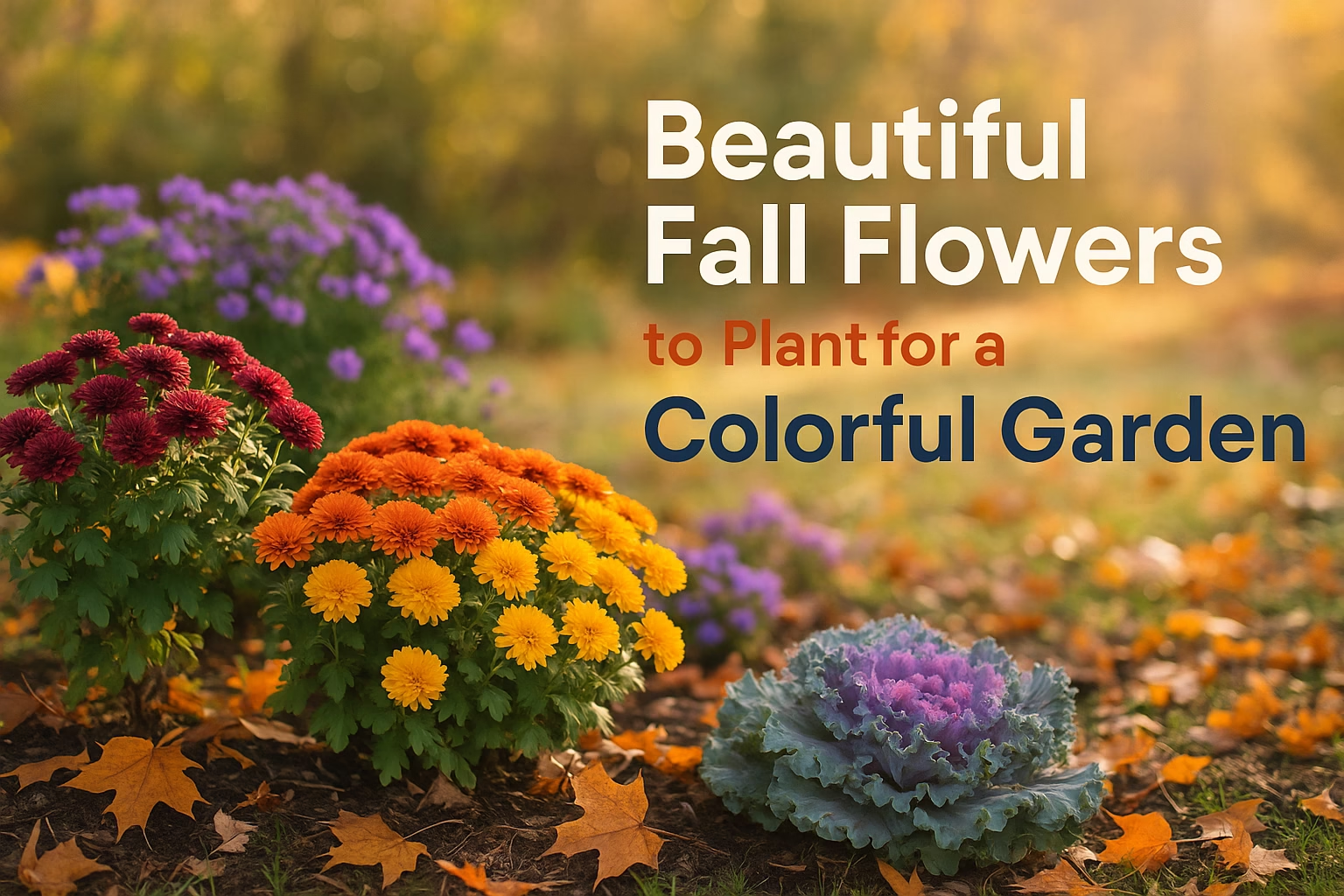
- Fall flowers extend your garden’s beauty beyond summer, with many varieties blooming until the first hard frost
- Mums, asters, and pansies are among the most reliable and colorful fall flower choices
- Planting in late summer or early fall gives flowers time to establish roots before winter
- Cool-season flowers actually prefer the milder temperatures and can handle light frosts
- Combining different heights, colors, and textures creates a dynamic autumn garden display
The Most Beautiful Fall Flowers to plant for Your Garden
1. Chrysanthemums (Mums)
The undisputed queens of fall, chrysanthemums come in virtually every autumn color you can imagine. From deep burgundy and bronze to bright yellow, coral, and white, mums are incredibly versatile.
Why I love them: Mums are hardy, affordable, and provide massive amounts of blooms. A single plant can be absolutely covered in flowers, creating instant impact in your garden or containers.
Planting tips:
- Plant in early fall for best results
- Choose garden mums (not florist mums) for perennial varieties
- Space 18-24 inches apart
- Pinch back in spring and early summer for bushier plants
- Water regularly but ensure good drainage
Best varieties:
- ‘Mammoth’ series (large blooms)
- ‘Prophet’ series (early bloomers)
- ‘Igloo’ series (hardy and compact)
2. Asters
Asters are like the wild, carefree cousins of mums. These beautiful fall flowers attract butterflies and bees, adding movement and life to your autumn garden.
Why I love them: The daisy-like flowers create a cottage garden feel, and they’re native to North America, making them perfectly adapted to our climate. Plus, pollinators absolutely adore them.
Planting tips:
- Plant in spring or early fall
- Prefer full sun but tolerate partial shade
- Cut back by half in early summer for bushier growth
- Divide every 2-3 years to maintain vigor
- Drought-tolerant once established
Best varieties:
- New England Aster (Symphyotrichum novae-angliae)
- New York Aster (Symphyotrichum novi-belgii)
- ‘Purple Dome’ (compact variety)
3. Pansies and Violas
These cheerful little faces brighten up the fall garden with their incredible color range and cold tolerance. Pansies can actually survive light snow!
Why I love them: They’re perfect for containers, borders, and filling in gaps. The variety of colors and patterns is astounding, and they bloom prolifically in cool weather.
Planting tips:
- Plant in late summer or early fall
- Prefer cooler temperatures (45-65°F)
- Deadhead regularly for continuous blooms
- Can overwinter in mild climates
- Excellent for containers and hanging baskets
Color combinations to try:
- Purple and yellow for classic contrast
- Orange and burgundy for autumn warmth
- White and blue for a cool, elegant look
4. Ornamental Kale and Cabbage
Not your typical flowers, but these gorgeous plants create incredible texture and color in the fall garden. The cooler weather actually intensifies their purple, pink, and white hues.
Why I love them: They look like enormous roses and get more beautiful as temperatures drop. They’re also edible, though they’re bred more for looks than taste.
Planting tips:
- Plant in late summer
- Colors intensify after frost
- Prefer full sun
- Very cold-hardy (survive to 5°F)
- Great for containers and borders
Design ideas:
- Use as centerpieces in container arrangements
- Plant in masses for dramatic effect
- Combine with pansies and mums for varied textures
5. Sedum (Stonecrop)
These succulent beauties transition from summer green to fall pink, red, and bronze. The flower heads dry beautifully and provide winter interest.
Why I love them: Sedum is incredibly low-maintenance and drought-tolerant. The butterflies love them, and they look good from spring through winter.
Planting tips:
- Plant in spring or fall
- Require full sun and well-drained soil
- Extremely drought-tolerant
- Cut back in late winter
- Divide every 3-4 years
Best varieties:
- ‘Autumn Joy’ (pink to copper)
- ‘Autumn Fire’ (deep rose-red)
- ‘Matrona’ (pink with purple foliage)
6. Celosia
With their flame-like plumes or brain-like crested forms, celosia adds unique texture and vibrant color to fall gardens. They come in hot colors that perfectly complement autumn’s palette.
Why I love them: They’re heat and drought-tolerant, and they keep blooming until a hard frost. The flowers also dry beautifully for arrangements.
Planting tips:
- Plant after last frost (they’re annuals)
- Prefer full sun and well-drained soil
- Deadhead for continuous blooms
- Excellent cut flowers
- Attract butterflies
Types:
- Plumed celosia (feathery plumes)
- Crested celosia (brain-like form)
- Spicata celosia (wheat-like spikes)
7. Goldenrod (Solidago)
This native wildflower gets a bad rap for causing allergies (it doesn’t—ragweed does!). Goldenrod’s bright yellow plumes are quintessentially autumnal.
Why I love them: They’re native, support pollinators, and require virtually no maintenance. The golden color is absolutely stunning against fall’s blue skies.
Planting tips:
- Plant in spring or fall
- Prefer full sun
- Drought-tolerant once established
- Cut back in late winter
- Can spread, so give them space
Best varieties:
- ‘Fireworks’ (arching sprays)
- ‘Golden Fleece’ (compact)
- ‘Little Lemon’ (dwarf variety)
8. Flowering Kale
Similar to ornamental kale but with more ruffled, rose-like centers, flowering kale is a showstopper in fall containers and beds.
Why I love them: The colors become more intense with each frost, and they can last well into winter in many climates.
Planting tips:
- Plant 6-8 weeks before first frost
- Colors best in temperatures below 50°F
- Full sun to partial shade
- Keep soil consistently moist
- Pair with pansies and mums
9. Dianthus
These spicy-scented beauties bloom prolifically in cool weather, offering pink, red, white, and bicolor flowers with fringed petals.
Why I love them: The fragrance is delightful, and they’re one of the few fall flowers that offer scent. They’re also deer-resistant and attract butterflies.
Planting tips:
- Plant in early fall for fall blooms
- Prefer well-drained, slightly alkaline soil
- Deadhead regularly
- Can overwinter in mild climates
- Excellent for borders and containers
Best varieties:
- ‘Firewitch’ (magenta-pink)
- ‘Paint the Town’ series (various colors)
- ‘Fruit Punch’ series (compact)
10. Rudbeckia (Black-Eyed Susan)
These cheerful golden flowers bridge the gap between summer and fall, often blooming from July through October.
Why I love them: They’re native, easy to grow, and incredibly cheerful. The golden petals with dark centers create a classic fall look.
Planting tips:
- Plant in spring or fall
- Full sun to partial shade
- Drought-tolerant once established
- Deadhead for extended blooms
- Self-seeds readily
Best varieties:
- ‘Goldsturm’ (compact and prolific)
- ‘Indian Summer’ (large flowers)
- ‘Cherry Brandy’ (burgundy petals)
Creating a Stunning Fall Garden Design
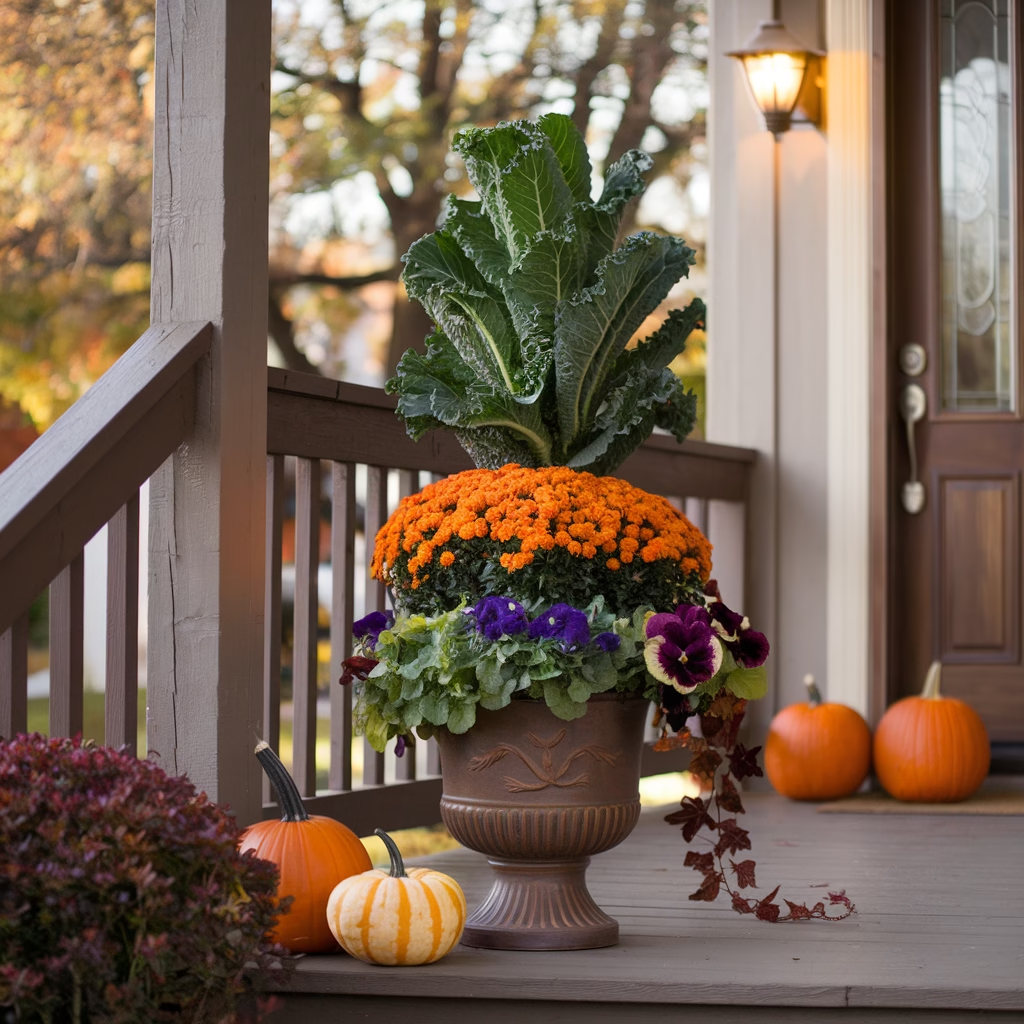
Now that you know which beautiful fall flowers to choose, let’s talk about putting them together in a way that creates maximum impact.
Color Combinations That Work
Warm and Cozy:
- Burgundy mums + orange marigolds + golden rudbeckia
- Creates a rich, harvest-inspired palette
Cool and Elegant:
- Purple asters + white pansies + silver dusty miller
- Sophisticated and calming
Bold and Bright:
- Hot pink celosia + yellow mums + orange flowering kale
- Eye-catching and energetic
Natural and Native:
- Goldenrod + purple asters + rudbeckia
- Supports pollinators and looks effortlessly beautiful
Layering for Depth
Just like creating a vision board for your dream life, designing a garden requires thinking about layers and composition.
Back layer (tallest):
- Goldenrod (3-5 feet)
- Tall asters (2-4 feet)
- Tall sedum (2-3 feet)
Middle layer:
- Standard mums (1-2 feet)
- Celosia (1-2 feet)
- Rudbeckia (1.5-2.5 feet)
Front layer (shortest):
- Pansies (6-8 inches)
- Ornamental kale (8-12 inches)
- Compact dianthus (6-10 inches)
Container Combinations
Classic Fall Container:
- Center: Tall ornamental kale
- Middle: Orange or burgundy mums
- Edge: Purple pansies
- Trailing: Sweet potato vine
Pollinator Paradise:
- Asters (various heights)
- Sedum ‘Autumn Joy’
- Rudbeckia
- Goldenrod
Essential Fall Planting Tips
Timing Is Everything
For annuals (pansies, ornamental kale, celosia):
- Plant 6-8 weeks before your first expected frost
- This gives them time to establish before cold weather
For perennials (asters, sedum, rudbeckia):
- Plant in early fall (at least 6 weeks before ground freezes)
- Or plant in spring for fall blooms
Soil Preparation
Good soil is the foundation of healthy plants—kind of like how healthy habits are the foundation of a healthy life.
Steps:
- Clear the area of weeds and debris
- Add 2-3 inches of compost
- Mix in organic fertilizer
- Ensure good drainage
- Test pH if needed (most fall flowers prefer 6.0-7.0)
Watering Wisdom
Fall plants need consistent moisture to establish, but less than summer plants:
- Water deeply 1-2 times per week
- Reduce watering as temperatures drop
- Water in morning to prevent fungal issues
- Mulch to retain moisture and regulate soil temperature
Fertilizing
Most fall flowers don’t need heavy feeding:
- Use a balanced, slow-release fertilizer at planting
- Avoid high-nitrogen fertilizers (promote foliage over flowers)
- Stop fertilizing 4-6 weeks before first frost
- Compost is often sufficient for most varieties
Maintaining Your Fall Flower Garden
Deadheading and Pruning
Regular deadheading keeps plants blooming longer:
- Remove spent flowers from mums, pansies, and celosia
- Leave sedum seed heads for winter interest
- Cut back asters after blooming finishes
Pest and Disease Management
Fall gardens typically have fewer pest problems, but watch for:
- Aphids: Spray with water or insecticidal soap
- Powdery mildew: Ensure good air circulation, water at soil level
- Slugs: Use beer traps or diatomaceous earth
Preparing for Winter
For annuals:
- Enjoy until frost kills them
- Remove and compost (if disease-free)
- Replant with spring bulbs
For perennials:
- Leave seed heads for birds and winter interest
- Cut back after several hard frosts
- Mulch around plants for winter protection
- Divide overgrown clumps in spring
Beyond the Garden: Cut Flower Arrangements
One of my favorite things about beautiful fall flowers is bringing them indoors. There’s something incredibly grounding about having fresh flowers on my table—it’s a simple pleasure that enhances my daily routine, much like the self-love habits I’ve incorporated into my life.
Best fall flowers for cutting:
- Mums (long-lasting)
- Celosia (dries beautifully)
- Asters (cottage garden charm)
- Rudbeckia (cheerful and sturdy)
- Sedum (fresh or dried)
Tips for longer-lasting arrangements:
- Cut in the morning when plants are hydrated
- Use clean vases and fresh water
- Remove leaves below water line
- Recut stems at an angle every few days
- Change water regularly
Common Mistakes to Avoid
1. Planting Too Late
The mistake: Waiting until October to plant
The fix: Plant 6-8 weeks before first frost for best establishment
2. Overwatering
The mistake: Watering as much as in summer
The fix: Reduce watering as temperatures drop; feel soil before watering
3. Ignoring Frost Dates
The mistake: Not knowing your zone’s frost dates
The fix: Check your USDA hardiness zone and plan accordingly
4. Poor Drainage
The mistake: Planting in heavy, clay soil without amendment
The fix: Add compost and ensure water doesn’t pool around plants
5. Mixing Incompatible Plants
The mistake: Combining drought-lovers with water-lovers
The fix: Group plants with similar water and sun needs
Fall Flower Care Calendar
| Timing | Tasks |
|————|———–|
| Late Summer | Start planning; prepare beds; plant pansies, ornamental kale |
| Early September | Plant mums, asters; divide overcrowded perennials |
| Mid-September | Deadhead regularly; monitor watering; enjoy blooms |
| October | Continue deadheading; reduce watering; protect tender plants |
| November | Allow perennials to go dormant; cut back after hard frost; mulch |
| Winter | Leave seed heads for birds; plan next year’s garden |
Conclusion: Embrace the Beauty of Fall
Beautiful fall flowers offer us something precious: the opportunity to extend our time outdoors, to nurture growth even as the year winds down, and to surround ourselves with color and life during a season often associated with endings.
Whether you’re planting a few pots of mums on your porch or creating an elaborate perennial border filled with asters and sedum, you’re participating in one of life’s simple joys. You’re choosing beauty, choosing growth, choosing to celebrate the present moment rather than mourning summer’s end.
Remember, gardening is a journey, not a destination. Some plants will thrive, others might struggle, and that’s okay. Each season teaches us something new about patience, resilience, and the cycles of life.
So grab your gardening gloves, pick out some beautiful fall flowers, and create a garden that brings you joy well into autumn. Your future self—the one sipping coffee surrounded by golden mums and purple asters—will thank you.
Happy planting!


